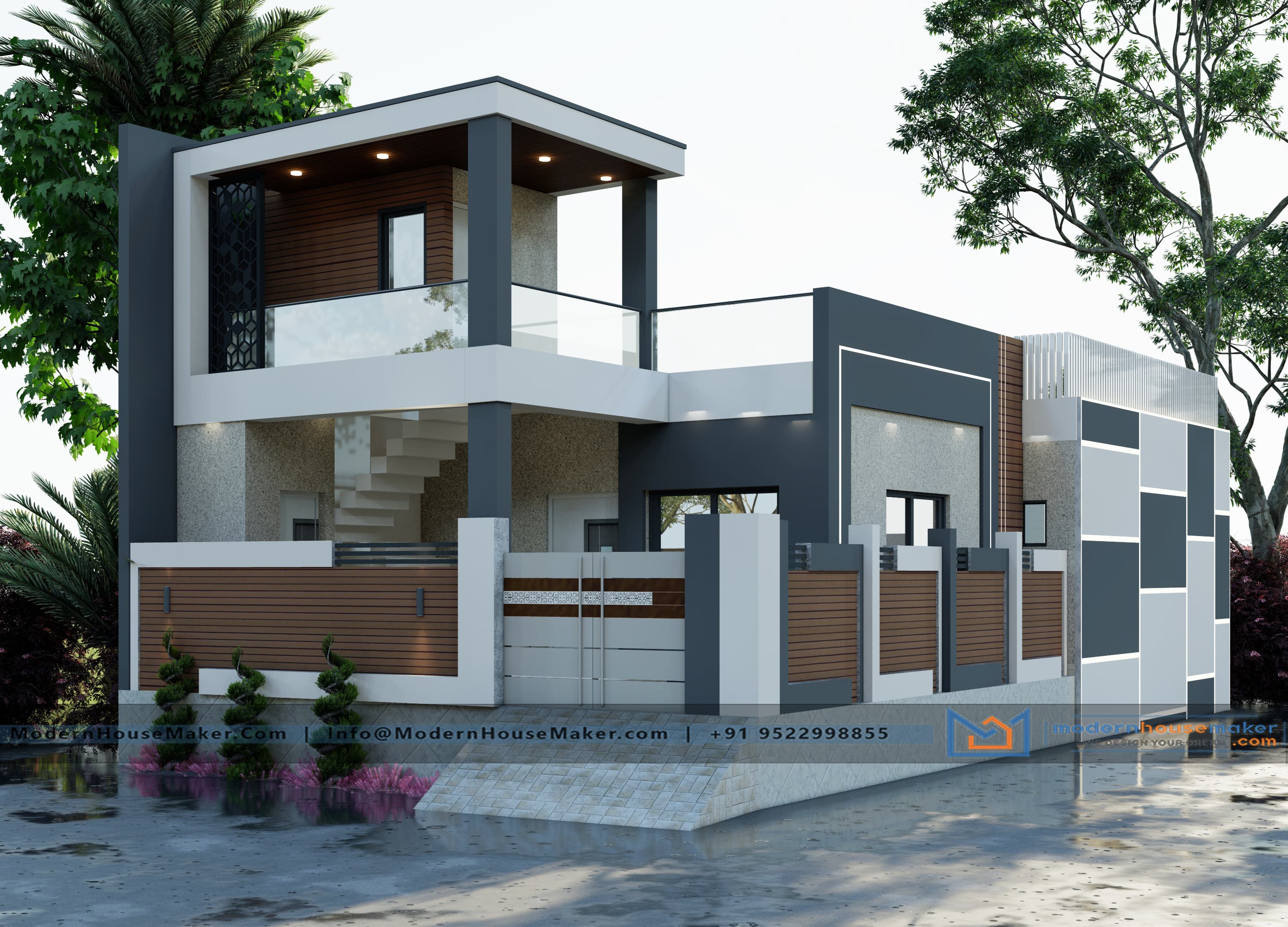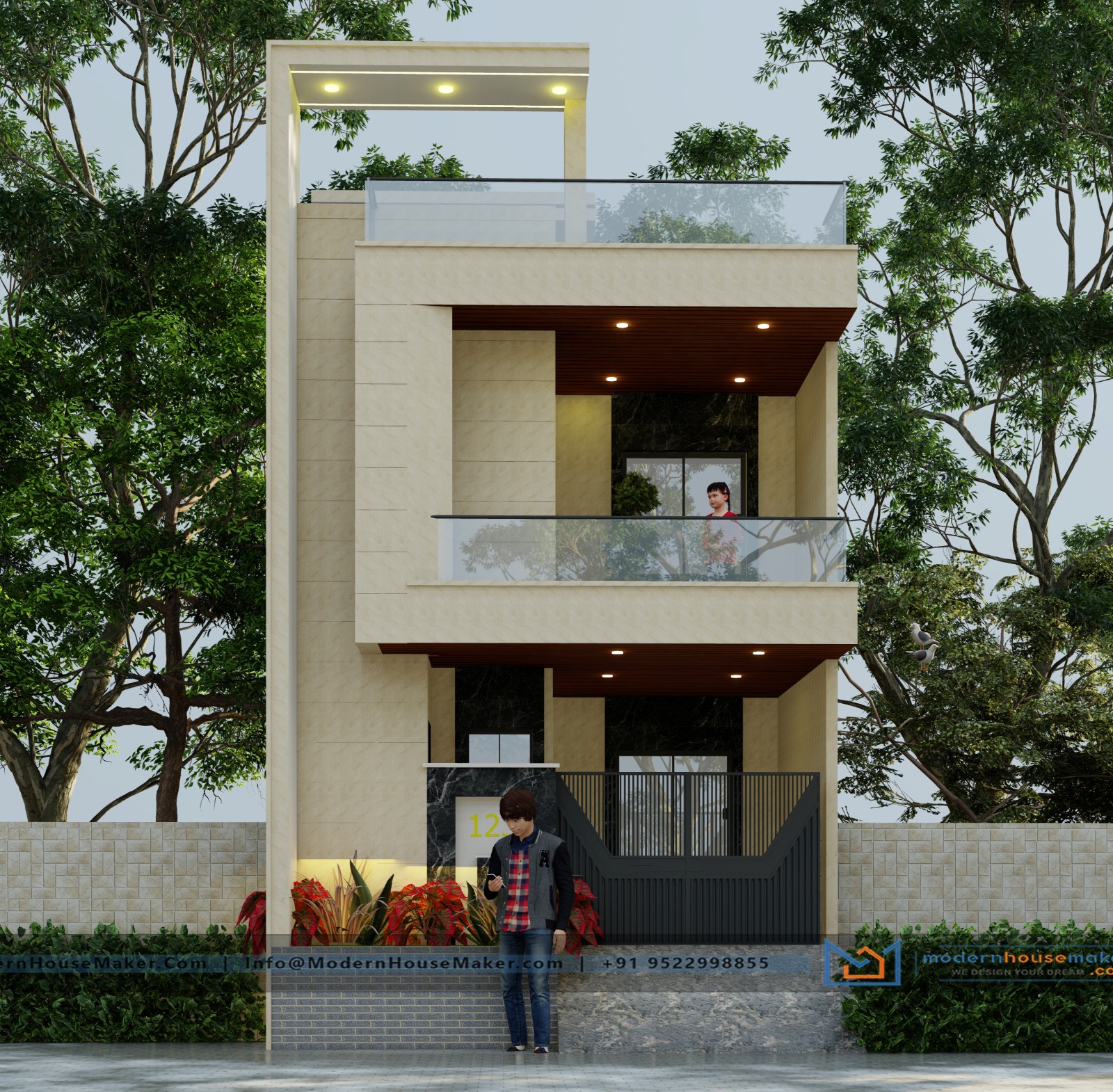Building With Purpose What You Need To Know For Lasting Strength
2024-11-28 11:44:26

Welcome to a journey where purpose meets durability! In a world that thrives on fleeting trends and temporary solutions, the call for lasting strength has never been more important. Whether you’re constructing your dream home, launching a community project, or laying the foundation for personal growth, understanding how to build with intention can make all the difference. Join us as we explore the key principles of purposeful building—where every brick laid and every decision made is infused with meaning. Get ready to unlock insights that will empower you to create not just structures but legacies that withstand the test of time!
Key Factors to Consider for Lasting Strength
When embarking on a building project, several key factors contribute to lasting strength. First and foremost, the foundation is crucial. A solid base ensures that your structure can withstand environmental pressures over time.
Next, consider the design itself. Utilizing advanced techniques like building map design can help optimize spatial efficiency and structural integrity. Thoughtful planning minimizes vulnerabilities in load distribution.
Another essential factor is material selection. High-quality materials resist wear and tear, enhancing durability through various weather conditions. From steel to reinforced concrete, each choice plays a role in longevity.
Climate also impacts strength; understanding local weather patterns helps tailor your construction methods accordingly. Incorporating elements that resist moisture or heat can make all the difference in sustaining structural health for years ahead.
Lastly, regular assessments during construction ensure adherence to best practices, safeguarding against potential weaknesses before they become issues down the line.
Choosing the Right Materials
Selecting the right materials is crucial for any construction project. The choices you make can significantly impact durability, aesthetics, and sustainability.
Begin by considering the purpose of your building. Different structures require different materials to achieve lasting strength. For instance, residential homes may benefit from timber framing or steel reinforcements.
Next, think about environmental factors like climate and location. Materials must withstand weather conditions without compromising structural integrity.
Don’t overlook energy efficiency either. Insulation materials play a key role in maintaining comfortable indoor temperatures while lowering energy bills.
Lastly, prioritize quality over cost. Investing in superior materials now will save you money on repairs down the line and enhance your building’s lifespan.
Understanding how each material interacts with others can lead to innovative solutions that elevate both functionality and design.
Understanding how each material interacts with others can lead to innovative solutions that elevate both functionality and design.
Importance of Proper Planning and Design
A well-thought-out plan addresses functionality and aesthetics from the start. It ensures that each space serves its purpose efficiently while also looking visually appealing. This balance is crucial for modern house construction.
Beyond beauty, effective design considers environmental factors too. Orientation, natural light, and air flow all play vital roles in energy efficiency and comfort.
Moreover, early planning helps identify potential challenges before they become costly issues. It allows for adjustments in building elevation models to enhance stability and safety.
Investing time in this phase pays off significantly during construction. Clear guidelines streamline processes, reduce delays, and foster collaboration among skilled professionals involved in the project.
Understanding Load-Bearing Structures
Load-bearing structures are the backbone of any building. They support not only their own weight but also everything inside them, from furniture to people.
Understanding how these elements function is crucial for stability and safety. Load-bearing walls transfer weight down to the foundation, helping maintain balance throughout the structure. It's fascinating how architects design these features into a building map design that harmonizes aesthetics with functionality.
Different materials can affect load distribution significantly. For example, steel beams provide strength in modern house construction while traditional brick walls offer durability in older buildings.
Incorporating proper calculations during planning ensures that each element can handle its intended load over time. This knowledge helps prevent structural failures and supports long-term resilience against environmental stresses like wind or earthquakes.
Every detail matters when it comes to creating robust designs that last through generations.

Incorporating Sustainability into Your Build
Sustainability is more than a trend; it’s a necessity in modern construction. Integrating eco-friendly practices can significantly reduce your building's carbon footprint.
Start by selecting sustainable materials. Bamboo, reclaimed wood, and recycled metals are excellent choices that offer strength without sacrificing the environment.
Consider energy efficiency as well. Installing solar panels or using high-performance insulation can drastically lower energy consumption over time.
Water conservation is another crucial aspect of sustainable building design. Rainwater harvesting systems and low-flow fixtures help minimize waste while keeping costs down.
Don’t forget about landscaping either! Native plants require less water and maintenance, enhancing your property’s ecological balance.
By prioritizing sustainability from the beginning of your project, you pave the way for a greener future while ensuring lasting durability in your build.
Working with Skilled Professionals
Collaboration with building map design, building elevation 3d is essential for any construction project. Architects, engineers, and contractors bring invaluable expertise to the table. Their knowledge ensures that your building meets safety standards and regulations.
When choosing a team, look for experience in modern house construction. This can provide insights into the latest techniques and materials available. A well-rounded group will enhance both design aspects like building elevation 3D models and structural integrity.
Clear communication is crucial throughout the process. Discuss your vision openly, as this helps align everyone’s efforts toward a common goal. Trusting their advice on material choices or load-bearing structures can lead to better results.
Additionally, working with experts allows you to integrate sustainable practices seamlessly into your build without compromising aesthetics or strength. Skilled professionals not only deliver quality but also inspire confidence in the project's success.
Maintenance and Upkeep for Longevity
Maintenance is the backbone of any structure's longevity. Regular inspections can catch minor issues before they escalate into major repairs.
Consider your roof and gutters; they require routine cleaning to prevent water damage. Neglecting these areas might lead to costly renovations down the line.
Exterior surfaces also need attention. Painting or sealing can protect against weather elements, extending the life of materials used in modern house construction.
Don’t forget about indoor spaces either. A well-maintained HVAC system ensures comfort and efficiency, while regularly scheduled plumbing checks avoid unexpected leaks.
It's wise to create a maintenance schedule tailored to your building’s unique needs. Consistent upkeep preserves both aesthetics and functionality over time.
Investing time in maintenance not only enhances durability but also raises property value significantly, ensuring that your purposeful investment pays off for years to come.
Conclusion: Why Building with Purpose Matters.
Building with purpose is more than just a trend; it’s a necessity for those who want their structures to stand the test of time. Thoughtful design plays an essential role in creating functional, aesthetically pleasing spaces that cater to our needs while being resilient against environmental challenges.
Taking into account key factors like material selection and structural integrity ensures your project won’t just be another structure on the landscape. The integration of sustainable practices not only enhances the building's longevity but also contributes positively to our planet.
Whether you're exploring advanced technology such as building elevation models or focusing on modern house construction techniques, every choice matters. Collaborating with skilled professionals guarantees that your vision transforms into reality without compromising quality or safety.
Maintenance is equally vital for preserving both appearance and functionality over time. Real-life examples illustrate how purposeful buildings can inspire communities and become landmarks worth celebrating.
Ultimately, when we commit ourselves to building with intention, we create lasting legacies that resonate across generations. This approach enriches our living environments and fosters a sense of connection among people and places alike.
